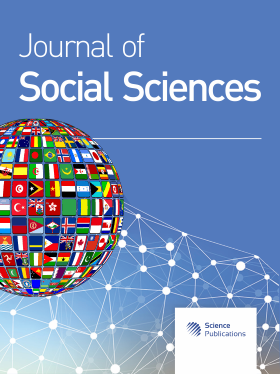Researcher, Center for Contemporary Arab Studies, Georgetown University
- 1 Research Director, United States
Abstract
This paper aims to provide an overview of the American Muslim giving patterns and specifically also attempts to map American Muslim giving, over the last 10 years, i.e., 2002-2012. It is also an attempt to capture the major shifts, trends and challenges to the Islamic philanthropic sector in the U.S. There are several competing theories about how the giving patterns and norms have shifted in the last years, from religious to secular giving and from international to local giving; as a result of regulations in the non-profit sector and also technological changes and innovation in fund-raising practices. Some scholars and advocacy groups have argued that there has been a substantial drop in American Muslim giving although there is no quantitative giving data to support this assertion. While there are a few qualitative studies and case-studies about American Muslim giving, there is neither a quantitative study that is nationally representative, nor a study that explains how and why this shift has occurred. This paper aims to remedy this gap and provides the context and narrative of American Muslim giving, using qualitative data, literature review and analysis of the three largest Muslim Humanitarian relief agencies and some quantitative data from the Center on Philanthropy Panel Study (COPPS) dataset at the Lilly School of Philanthropy, IUPUI, which is a nationally representative sample of U.S households.
DOI: https://doi.org/10.3844/jssp.2017.28.39

- 4,154 Views
- 2,207 Downloads
- 0 Citations
Download
Keywords
- Giving
- Religion
- Secular Giving
- American Muslims
- U.S.A
